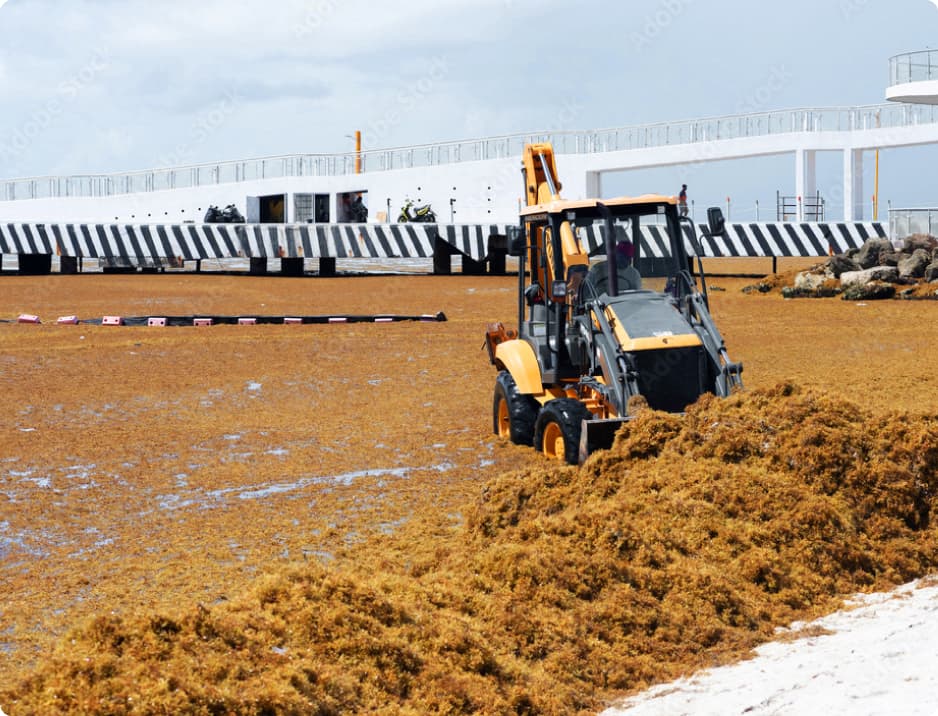
From Eco-Problem to Eco-Solution
Subscribe
Triton is rethinking Seaweed - restoring ocean health through innovative offshore sargassum clean-up solutions while harnessing the seaweed's untapped power to drive sustainable agroecology.
The problem
A Coast Covered in Seaweed
Explosive growth of sargassum seaweed is wreaking havoc on coastal environments impacting ecological and human health. It is rendering coastlines unusable, devastating tourism and fishing industries.
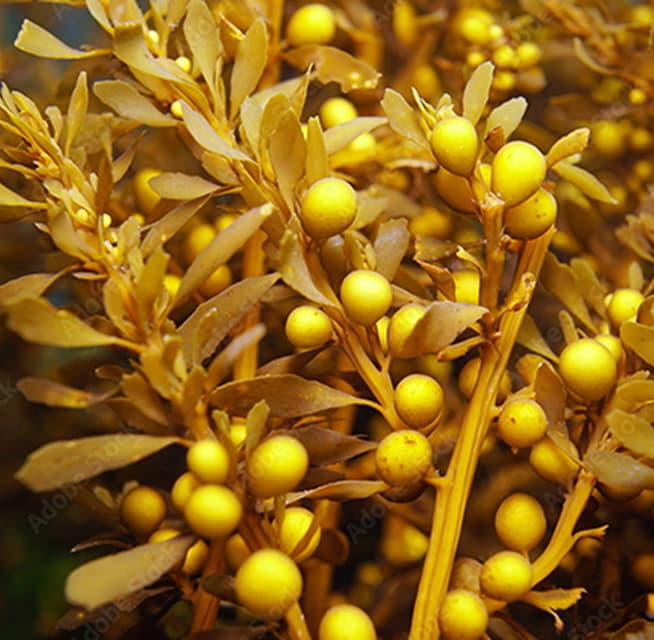
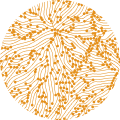
Tropical Rainforest of the Ocean
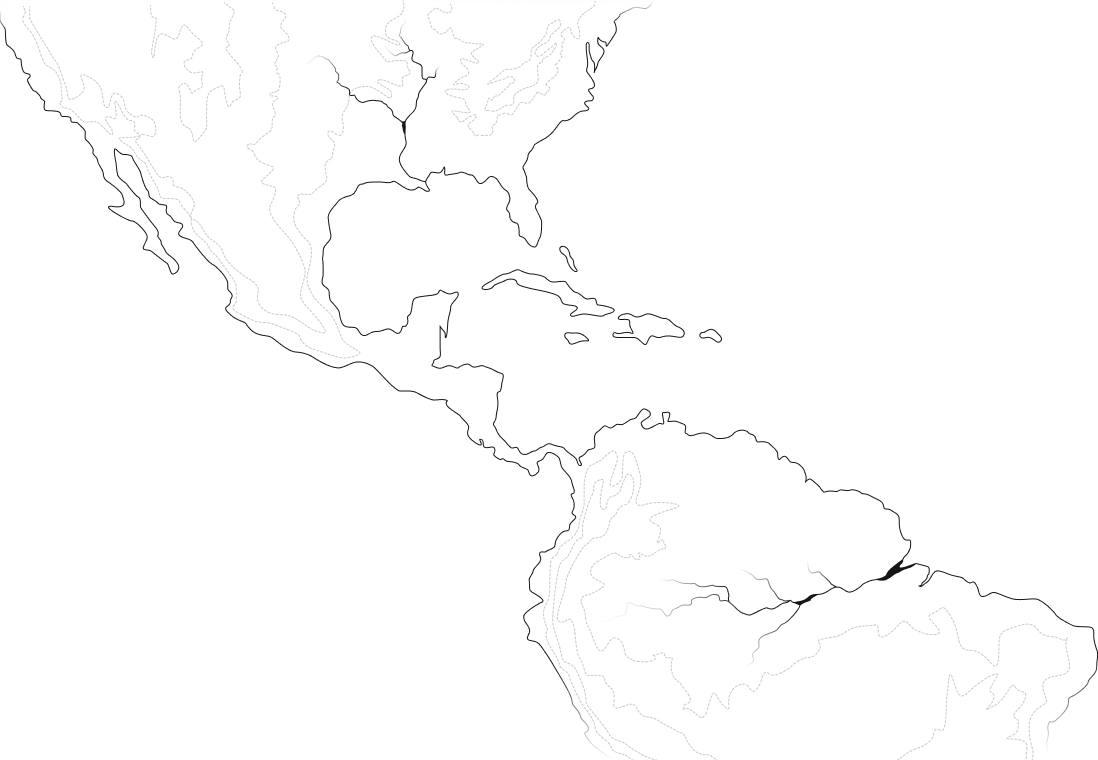

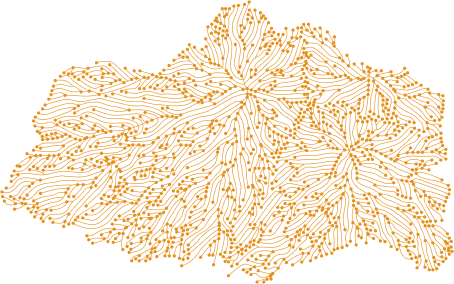
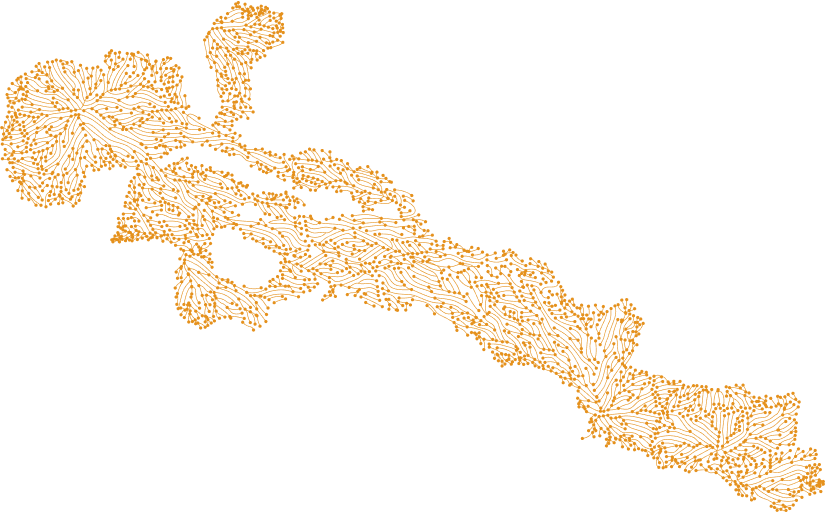
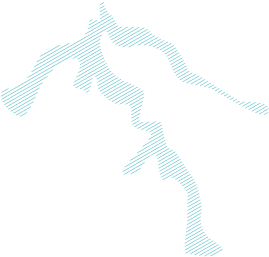
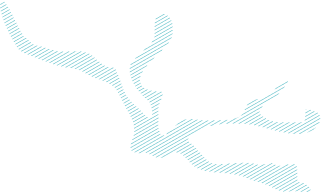
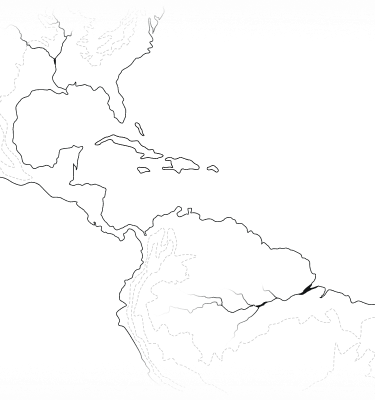

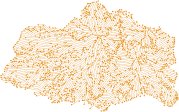
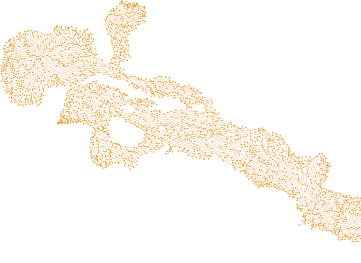


01
02
03
04
05
The Truth About Sargassum
Sargassum is a type of seaweed that, under normal conditions, plays a positive role in the marine ecosystem, providing habitat and food for ocean wildlife. Historically, it has existed in balance with the ocean. However, due to human activity, its growth has exploded, overwhelming coastlines.
What's Driving the Surge?
• Nutrient rich run-off from major tropical river basins.
• Increases in ocean surface temperature.
• Ocean currents which distribute the sargassum across the Caribbean and Gulf of Mexico.
What Makes It
a Problem?
When Sargassum reaches the coast, it decomposes, depleting oxygen and killing marine life, including starfish, sea urchins, corals, and sea grasses. It disrupts mangroves and sea turtle nesting sites. As it dries, it releases a rotten egg smell, making beaches and swimming areas unusable.
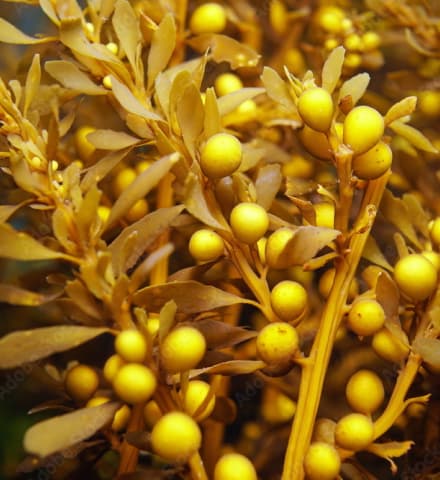

Tropical Rainforest of the Ocean

nutrient-rich
runoff from farms
and industries
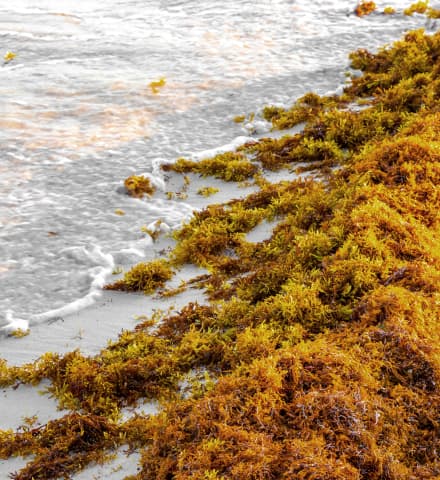
Masses of this seaweed beaching on shore harming coastal ecosystems
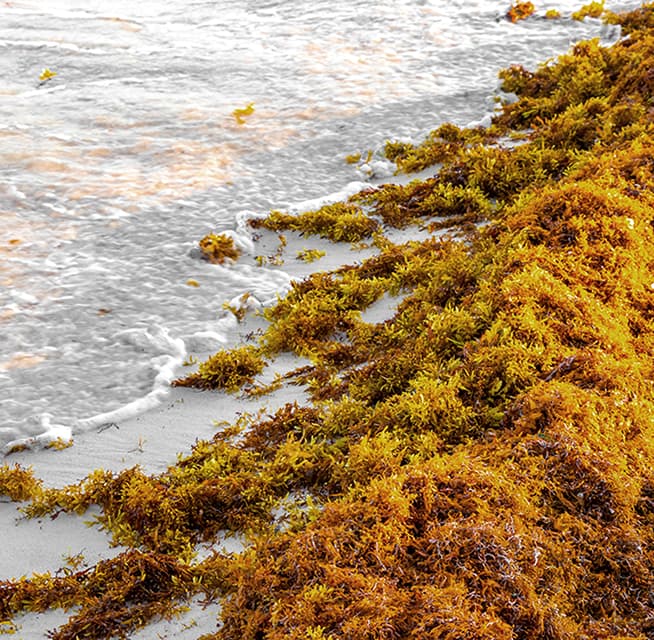
As a result, costs reach...
$210 Million
Costs in the Caribbean have recently been estimated to reach as high as $210 million in a single year.
About company
The Good News — We Can Fix It!
Learn More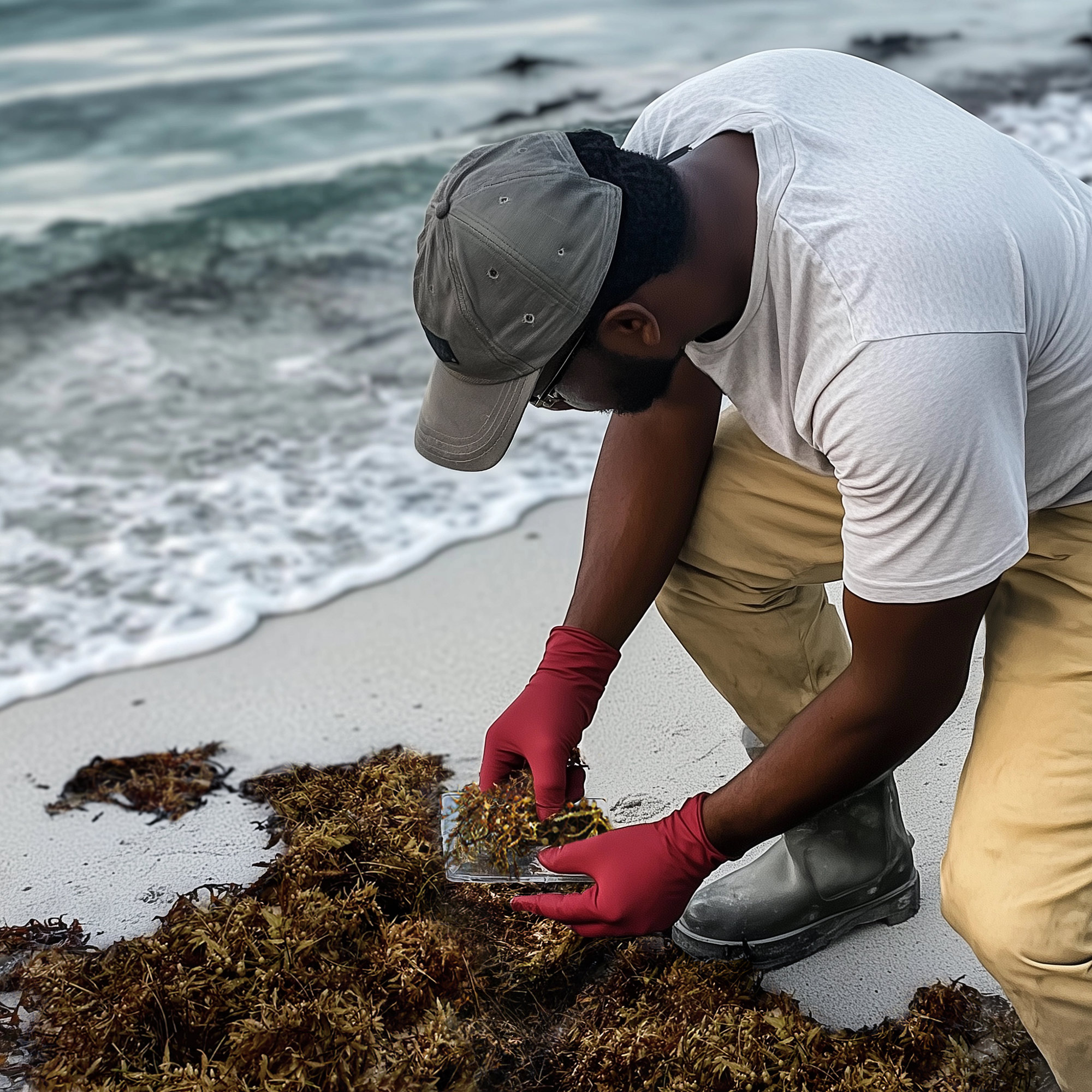
Committed to restoring balance to Caribbean communities, we are delivering an economic solution to the region's seaweed crisis — one that goes beyond quick fixes, ensuring the problem isn't just shifted from the shoreline to a landfill, but truly resolved in a sustainable and impactful way.
"Intercepting destructive seaweed mats offshore before they can harm ecosystems and island communities, and transforming it into valuable, sustainable biostimulant."
our Solution

We Transform
an Eco-Challenge
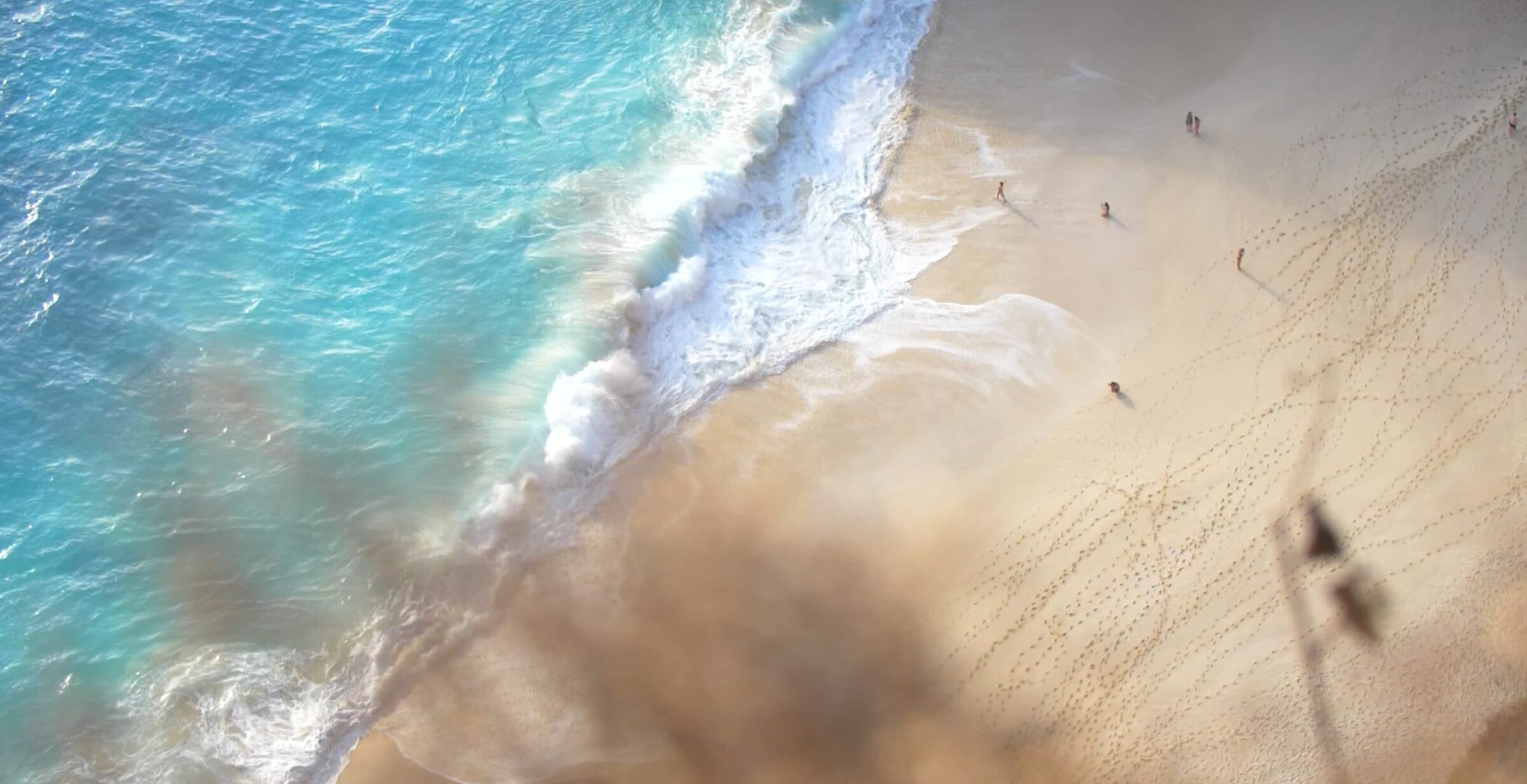
our Solution
Into a Sustainable Solution
With the technology at our fingertips, we can sustainably collect Sargassum before it reaches our shores, and instead of wasting it, we can transform it into valuable biostimulant — turning a problem into a solution.
How it works
[ STEP 01 ]
Precision Tracking of Sargassum
We locate sargassum using satellite imagery and a complex algorithm that factors in wind, currents, ocean temperature, and nutrient availability, projecting its position as it grows rapidly under favorable conditions. Drones equipped with advanced imaging further refine these locations.
How it works
[ STEP 02 ]
Efficient Sargassum Recovery
We use recovery booms and deflectors to efficiently collect sargassum, guiding it into concentrated areas for easier harvesting. This method eliminates the need for erratic movements across the ocean, saving time and resources.
How it works
important note
Bio-catch, like turtles and starfish, is safely returned unharmed.
[ STEP 03 ]
Gentle Collection Process
Sargassum is carefully landed on the ship's upper deck and inspected for bio-catch. All marine life, from fish and turtles to crustaceans, is safely returned to the ocean unharmed. Our process prioritizes protecting delicate ocean ecosystems while avoiding harm to flora and fauna.
How it works
[ STEP 04 ]
Efficient Offshore Solutions
The harvested seaweed is carefully transferred to the mothership, a barge-like vessel with a deckhouse at the rear. This offshore hub enables efficient processing and transportation, ensuring the collection process remains seamless and environmentally mindful.
How it works
[ STEP 05 ]
Creating
Biostimulant
The sargassum is washed in a bulk tank, mixed with proprietary microbes in a batch tank, and fermented in a sterile container. After fermentation, it is analyzed for crop suitability and packaged into commercial quantities as a bio-stimulant.
How it works
[ STEP 06 ]
Biostimulant
in Action
The nutrient-rich biostimulant made from sargassum is used on fields to improve crop growth and soil health. This sustainable product supports agriculture while reducing the need for chemical fertilizers, turning an environmental issue into a resource.
benefits
Sustainable Solutions for the Future
Explore how innovation turns challenges into solutions
[ 01 ]
Offshore Collection
Shifting the focus offshore, we unlock a game-changing opportunity to deliver cost-effective, eco-friendly solutions with high commercial and environmental ROI.
[ 02 ]
Offshore Processing
By re-manufacturing Sargassum offshore into biostimulant, we eliminate costly trucking and dumping, creating a scalable profit center that delivers sustainable, locally-produced soil solutions for island communities.
[ 03 ]
Biostimulant
This eco-friendly product opens new revenue streams for agricultural and landscaping markets. Turning an environmental challenge into a profitable solution.
Seaweed Management
Why Do We Need Seaweed Management?
[ 01 ]
A very expensive problem
In Northern Mexican Caribbean, hotels spent between US$ 0.3—1.1 M/year/ per kilometer of beach to keep them in suitable conditions*. Most communities are forced to tackle the seaweed after it washes up on shore, using bulldozers and rakes to clean it up. It's a tough, expensive job that needs to be done every day and leaves piles of rotting seaweed to deal with.
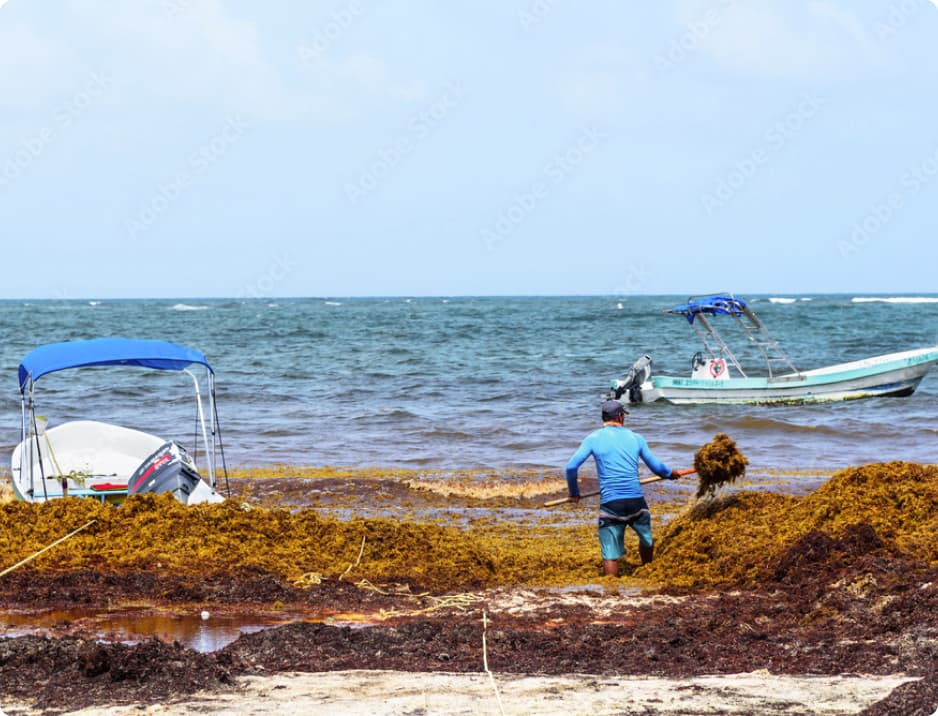
[ 02 ]
Caribbean fishing fleets being decimated
These giant matts of seaweed clog boat engines, wreck fishing gear, and trap fishermen onshore, cutting them off from their boats and prime fishing areas. The impact is especially devastating in Barbados, where fly fishing makes up 60% of the island's annual catch**. As sargassum chokes the waters, livelihoods are under threat, and a crucial food source is dwindling.
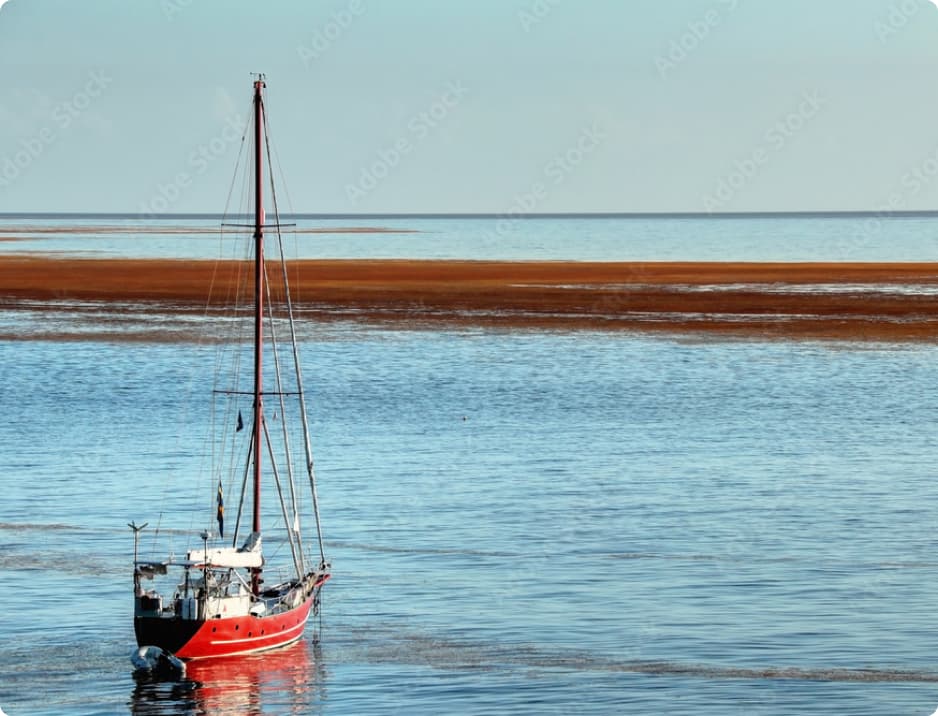
[ 03 ]
Environment
& Health
Nearshore sargassum disrupts the delicate balance of marine ecosystems, smothering coral reefs and sea grasses. Its presence affects a wide range of marine life, from starfish and sea urchins to turtle nesting sites.
The toxic combination of hydrogen sulfide and ammonia gases released are also impacting air quality and increasing hospital attendances. Significant exposures may produce difficulty in breathing, nausea and vomiting, elevated blood pressure, and loss of consciousness.
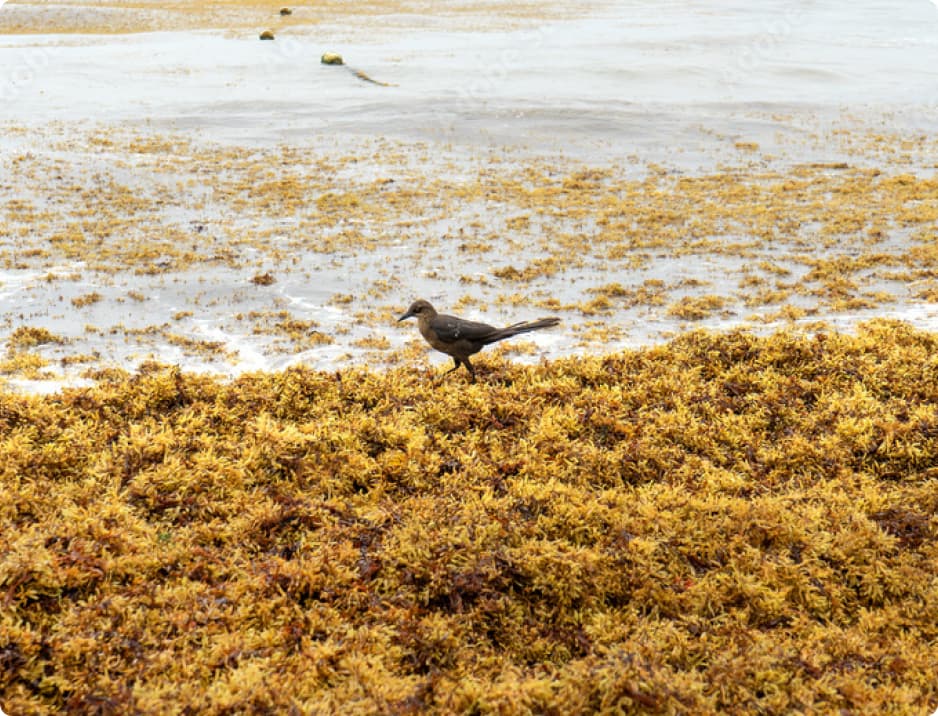
[ 04 ]
Clean-up - What to do with all that seaweed
Disposal of sargassum on land in the Caribbean Islands is hampered by lack of space, capacity is often limited on many tropical islands and in near-coastal communities.
Some hotels dispose of sargassum on nearby land, while others take it to disposal sites in the jungle. Disposal sites are typically not adequately prepared to avoid leachates from reaching aquifers. How sargassum is managed at the time of disposal on land is very important to avoid damage to the water sources.
